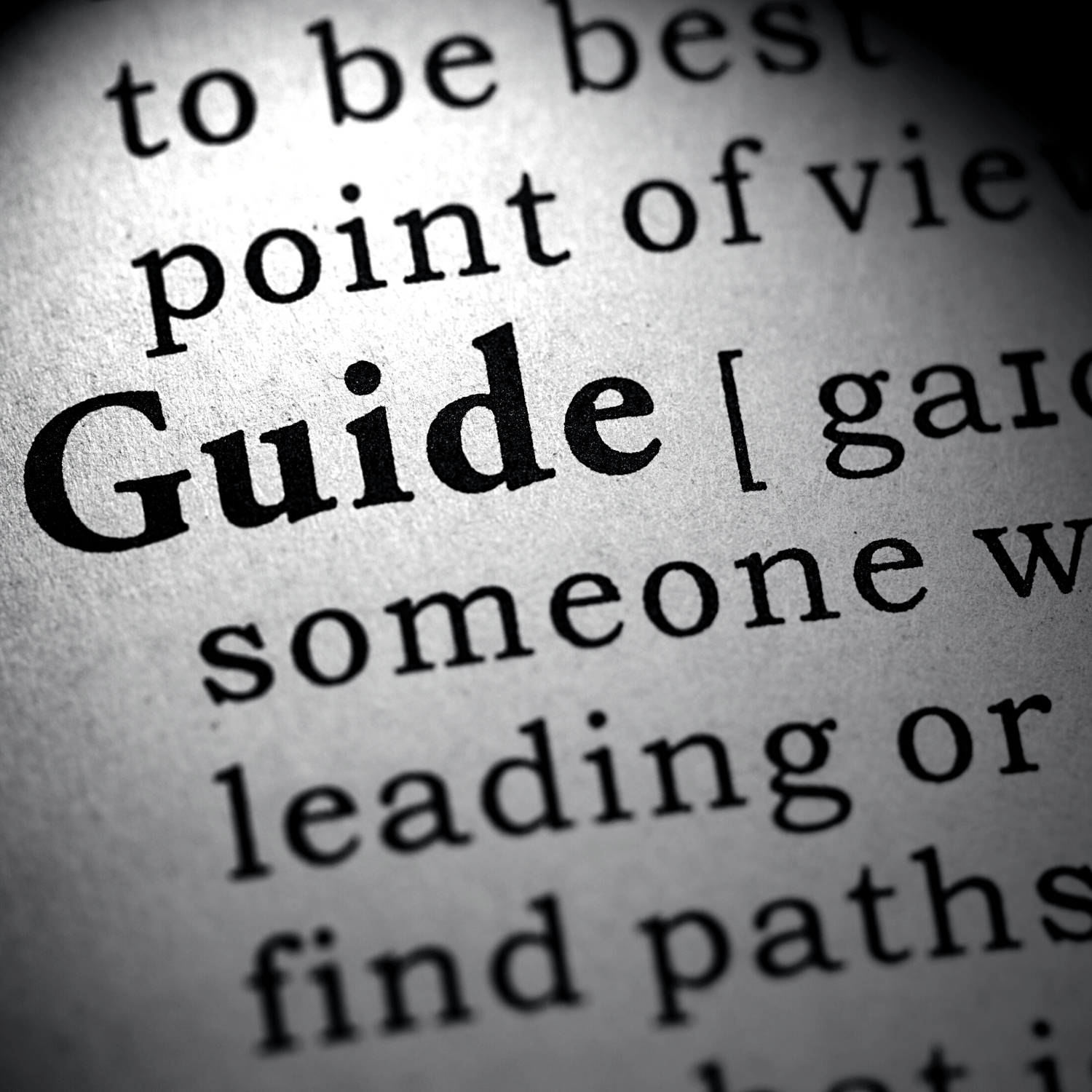A Brief Guide to They/Them Pronouns: Their Significance & How to Use Them
While pronouns do not tell the entire story of someone’s gender, they can be an important piece of how a person chooses to relay their gender to those around them. Because they/them pronouns are a commonly-used set of gender neutral pronouns, many people–both cis and trans–want to better understand their significance and how to use them in daily life.
Who uses they/them pronouns?
When thinking about the topic of pronouns as a whole, it is important to check assumptions at the door. While you might have previously heard of people who are non-binary or genderqueer using they/them pronouns, pronouns are not necessarily an indicator of someone’s identity. Instead, selecting pronouns is a personal decision each person gets to make based on what feels most comfortable and affirming for them.
This means that individuals of all genders use they/them pronouns! Media representation may misrepresent this by likening they/them pronouns to whiteness, thinness, and androgyny, but reality is much more expansive. No set of pronouns has a required aesthetic or gender presentation, and the same applies to the pronouns they/them!
How can I respectfully utilize these (and other) pronouns in day-to-day situations?
A common belief about they/them pronouns is that they can be used as the default for everyone. However, it is best to only do this when you do not have the opportunity to ask someone their pronouns directly, like if you are referring to a stranger on the street. In other situations, utilizing they/them pronouns in this way can be invalidating, as pronouns are not one size fits all. Instead of making this assumption, it is possible and preferable to create space for people, both new and known, to share their pronouns with you.
One great way to create this space is by making it your personal practice to introduce yourself with your pronouns and check in regularly over the course of your relationships. This can also be done in places like social media bios and email signatures. If you are ever in a situation in which you do not know what pronouns someone uses, it is okay to ask politely without singling anyone out for “looking” trans or gender non conforming. You can say something simple like, “my pronouns are X, what are yours?” so that it is an exchange, rather than a demand for information. Modeling behaviors like these signals to the people in your life that you are a person who is safe and trustworthy. Specifically checking in about pronouns regularly indicates that you understand that it is valid for identity and pronouns to shift over time.
If you are still unclear about they/them pronouns or just want more information, be sure to take advantage of the wide array of resources available both online and in print! Whether you’d like to understand how to use they/them pronouns in a grammatical sense or to ground yourself in a story that contextualizes these pronouns, there is something out there for you to discover to support the people in your life who use these pronouns.
Beyond Pronouns: Now What?
Learning about they/them pronouns is the first step to supporting those who use these pronouns. However, allyship should not end there. Many individuals who use they/them pronouns experience being misgendered in various settings–work, school, home, and more. If you misgender someone, apologize succinctly, move on without centering yourself, and work to use correct pronouns in the future. When you notice someone being misgendered, check in with the people in your life to see how they would like you to step up for them in these situations. It is also a good idea to offer space to help process and listen to these experiences without expectations.
Remember that pronouns are the tip of the gender iceberg. If you are close with someone and want to better understand that person’s gender outside of pronouns, you can ask respectfully if the person would be comfortable sharing more. Keep in mind that discussions of gender can be personal, and not everyone will want to share this! Asking about pronouns is a great way to begin to create a space where your friends and loved ones feel safe and comfortable broaching these difficult topics with you. You’re showing that you recognize that pronouns are not only words you use to refer to someone, but a way to display that you see and respect a person for who they are.
BLOG AUTHORS ALL HOLD POSITIONS AT THE GENDER & SEXUALITY THERAPY CENTER (G&STC). THIS SPECIFIC BLOG WAS WRITTEN BY G&STC THERAPIST IN TRAINING HOPE GLASSMAN. FOR MORE INFORMATION ABOUT OUR THERAPISTS AND SERVICES PLEASE CONTACT US.
